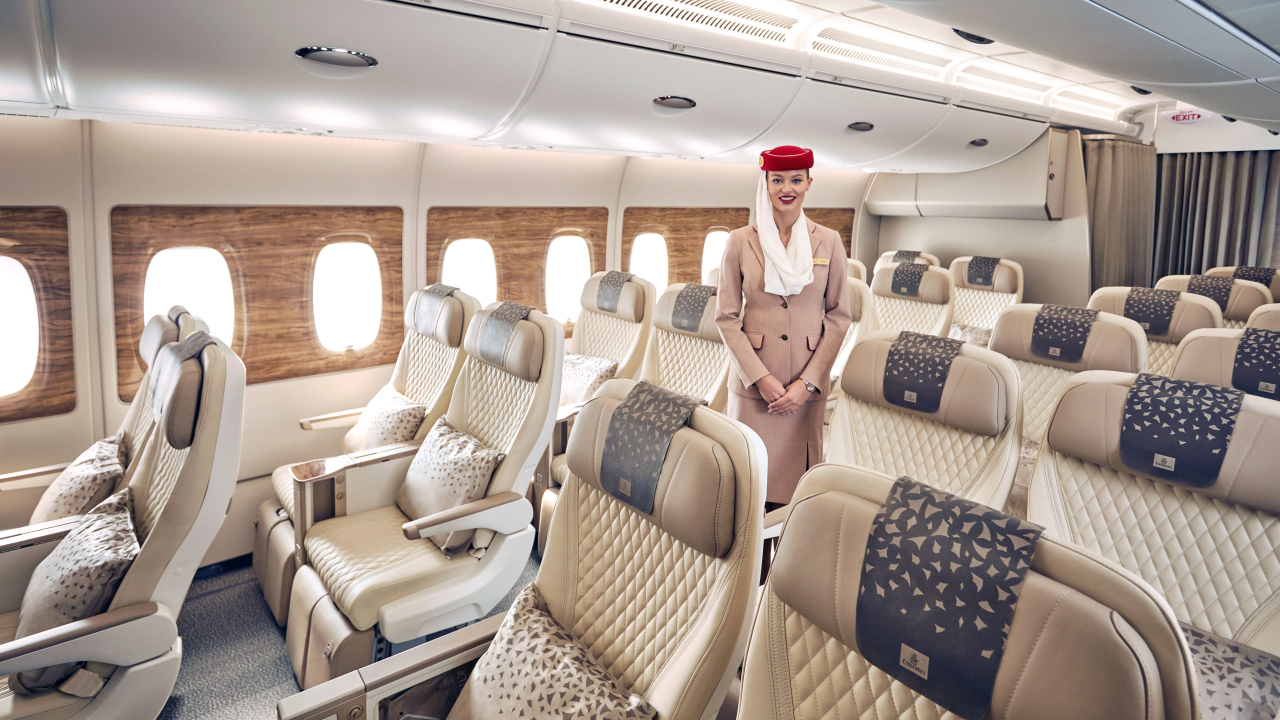Boeing forecasts $4.5 trillion market for 34,000 new planes

“The world’s aviation market is broader, deeper and more diverse than we’ve ever seen it,” said Randy Tinseth, vice president of Marketing, Boeing Commercial Airplanes. “It has proven to be resilient even during some very challenging years and is driving production rate increases across the board."
Speaking today at Boeing's UK office in London, Tinseth predicted continued success for the Middle East market over the next 20 years. He said: "The Middle East is a very important part of the market segment. I continue to see the fifth freedom carriers out of the Middle East, those carriers that take traffic from one part of the world and transit it through the Middle East, they're going to continue to grow a successful business model. Clearly they've had great success carrying passengers between Asia and Europe, and I think they'll continue to grow and do that.
"When you look at the UAE in terms of markets, they're one of the top ten country markets in the world," he added.
Airline traffic is forecasted to grow at a 5% annual rate over the next two decades, with cargo traffic projected to grow at an annual rate of 5.2%. The single-aisle market, served by Boeing’s Next-Generation 737 and the future 737 MAX, will continue its robust growth. Widebodies, such as Boeing’s 747-8, 777 and 787 Dreamliner, will account for almost $2.5 trillion dollars worth of new airplane deliveries with 40% of the demand for these long-range airplanes coming from Asian airlines.
New Airplane Deliveries: 2012-2031
Airplane Type Total Deliveries Dollar Value
Single-aisle 23,240 $2,030B
Twin-aisle 7,950 $2,080B
Large 790 $280B
Regional jets 2,020 $80B
Robust growth in China, India and other emerging markets is a major factor in the increased deliveries over the next 20 years. "The biggest growth markets are in China, South East and South West Asia, Latin America and the Middle East," said Tinseth.
Low cost carriers, with their ability to stimulate traffic with low fares, are growing faster than the market as a whole. There is also a strong demand to replace older, less fuel-efficient airplanes. Replacement accounts for 41% of new deliveries in the forecast.
The market for new airplanes is set to become more geographically balanced in the next two decades. Asia-Pacific, including China, will continue to lead the way in total airplane deliveries.
New Airplane Deliveries: 2012-2031
Region Airplanes
Asia Pacific 12,030
Europe 7,760
North America 7,290
Latin America 2,510
Middle East 2,370
C.I.S. 1,140
Africa 900
World Total 34,000
“It’s incredible to see just how much air travel has changed since I took my first flight back in 1977,” said Tinseth. “It has become critical to business and something we do for pleasure, to connect with family and friends. As the market continues to grow, especially in emerging economies, air travel will become affordable to even more people.”
Freighter Fleet Forecast: 2012 to 2031
As the cargo market remains sluggish, Boeing has revised downward its projection for freighters over the next 20 years. Still, the world freighter fleet is projected to nearly double from 1,740 aircraft today to 3,200 at the end of the forecast period. Additions to the fleet will include 940 new-production freighters (market value of $250 billion) and 1,820 airplanes converted from passenger models. Large (more than 88.2 tons capacity / 80 tonnes) freighters will account for 680 new-build airplanes. Medium (44.1 to 88.2 tons / 40 to 80 tonnes) freighters will total 260 airplanes. No new standard-body freighters (49.6 tons / less than 45 tonnes) will be required, but there will be 1,120 standard-body conversions.
"The future of aviation is clearly bright," said Tinseth.
Stay up to date
Subscribe to the free Times Aerospace newsletter and receive the latest content every week. We'll never share your email address.

